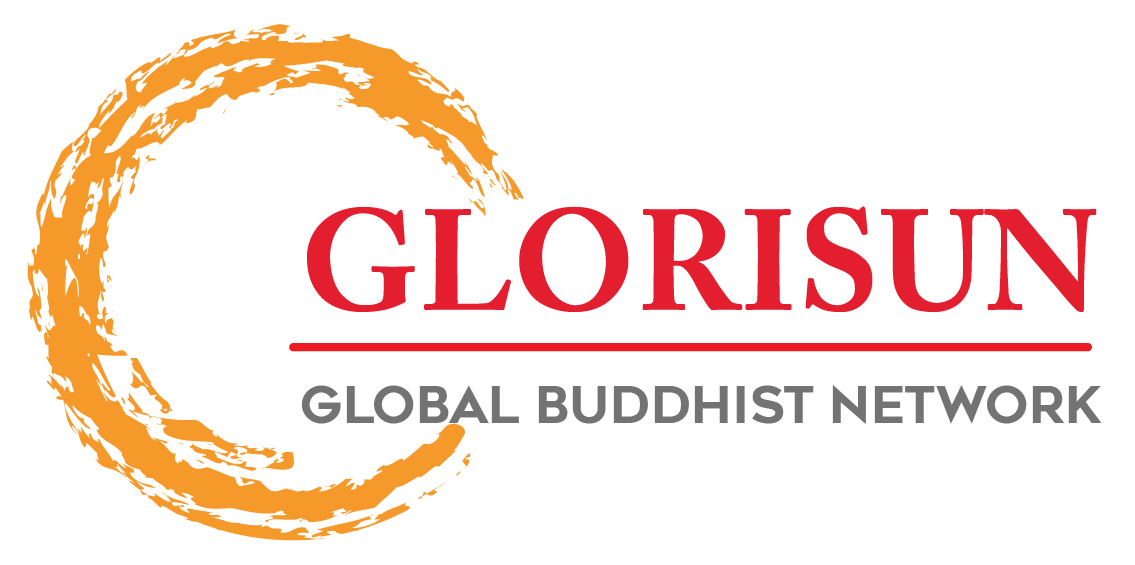Click here return to the Hualin main page.
Click here return to the Hualin E-Journal Vol 8.1 Table of Contents page.
Hualin International Journal of Buddhist Studies 8.1 (2025): 308–312; https://dx.doi.org/10.15239/hijbs.08.01.10
(This article belongs to the Special Issue Asia-European Exchanges Mediated through Buddhism, Buddhism and Medicine: New Perspectives)
Aaron P. Proffitt. Esoteric Pure Land Buddhism. Honolulu: University of Hawai‘i Press, 2023. 468 pp.
Georgios T. HALKIAS
The University of Hong Kong
halkias@hku.hk
The historical interplay between tantric contemplative practices and the veneration of Buddha Amitābha has primarily directed scholarly discussions on Pure Land esoterica towards Indo-Tibetan and Chinese sources. This emphasis is understandable given the significant cross-pollination that occurred between these Mahāyāna strands, particularly in the refinement of their doctrines and ritual practices. However, it is important to acknowledge that the synthetic nature of Pure Land orientations extends beyond these regions. Proffitt’s Esoteric Pure Land Buddhism offers the academic community a renewed perspective on established scholarship in this field, facilitated in part by his inclusion of an annotated English translation of the Himitsu nenbutsu shō 祕密念佛抄 [Compendium on the Secret Contemplation of Buddha] by the distinguished scholar-monk Dōhan 道範 (1179–1252). This publication presents a timely opportunity for interested readers to engage with a fresh interpretative lens on the intersections of these important and often overlooked Buddhist traditions.
In his work, Proffitt undertakes the substantial task of providing a critical and highly informative overview of past attempts by western and eastern scholars at the categorization and historicization of Pure Land and Esoteric Buddhist traditions. His summary serves as a valuable foundation for his subsequent analysis of tantric elements woven into the fabric of Pure Land orientations in Japan. The author defines ‘Esoteric Pure Land Buddhism’ (mikkyō jōdokyō 密教淨土教) as approaches focused on achieving rebirth in a pure land through the utilization of various tantric ritual techniques and interpretations. He elucidates how during the Kamakura period (1195–1333), Pure Land Buddhism and Esoteric Buddhism were not necessarily operating ‘as distinct schools or sects but functioned as heterogeneous and mutually informative spheres of inquiry and specialization and at times as polemical discursive positions employed by Buddhists in specific contexts’ (4). Hence, he steers the discussion towards the coexistence of Shingon 真言 and Shin 真, two prominent Japanese Buddhist traditions that were historically regarded as incompatible and mutually exclusive, while challenging the efficacy of terms such as ‘Esoteric Buddhism’ and ‘Pure Land Buddhism’ as meaningful designations for the diverse array of relational practices and doctrines encompassed under the broad rubric of Mahāyāna. While the continued use of these categorical labels may be to some degree unavoidable, Proffitt recognizes them as heuristic devices posited with the anticipation of their eventual deconstruction. It is crucial to acknowledge the inherent limitations of these categories, which risk oversimplifying, reifying, and, just as much, politicizing the traditions they purport to represent, rendering them as seemingly self-contained and autonomous entities within academic and partisan discourses.
…
About the Author: Georgios T. Halkias is Professor of Buddhism and the Director of the Centre of Buddhist Studies at the University of Hong Kong. He received his D.Phil. in 2006 from the University of Oxford focusing on Pure Land orientations in Tibetan contexts. His main research interests include the early transmission of Buddhism to Tibet, Himalayan Buddhism, Vajrayāna contemplative systems, and Buddhism and Hellenism in India and Central Asia. His book publications include, The Copper-Colored Mountain: Jigme Lingpa on Rebirth in Padmasambhava’s Pure Land (authored with C. Partsalaki, 2022), Pure Lands in Asian Texts and Contexts: An Anthology (ed. with R. Payne, 2019), Luminous Bliss: A Religious History of Pure Land Literature in Tibet. With an Annotated Translation and Critical Analysis of the Orgyen-ling golden short Sukhāvatīvyūha (2017/2013), among others. He is the co-editor-in-chief of the Oxford Research Encyclopedia of Buddhism.
This is an open access article distributed under the Creative Commons Attribution License which permits unrestricted use, distribution, and reproduction in any medium, provided the original work is properly cited.
